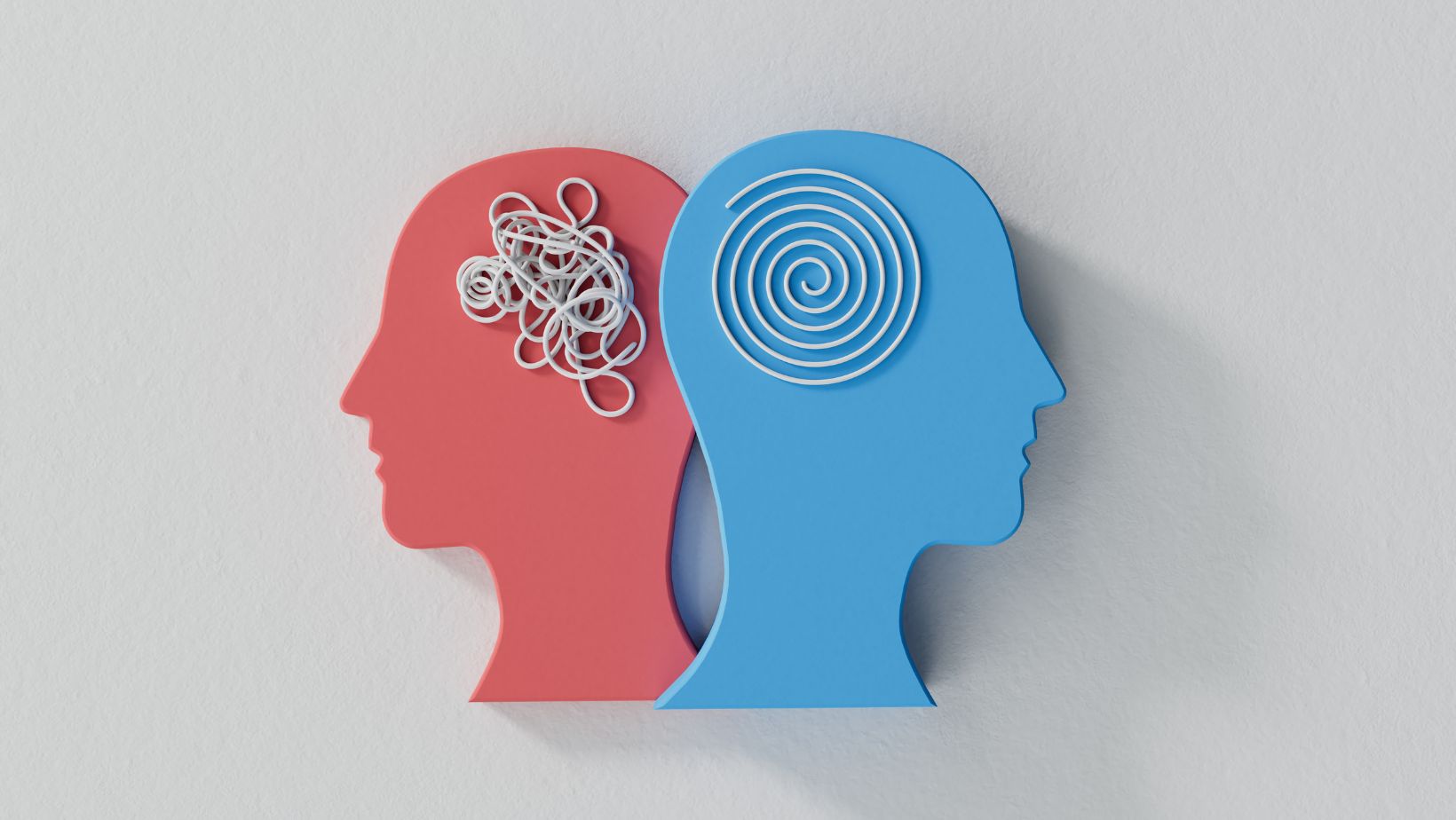Skeuomorphism Vs Neumorphism
When it comes to design trends in digital interfaces, two terms that often come up are skeuomorphism and neumorphism. These concepts represent different approaches to creating visually appealing and user-friendly designs. In this article, I’ll explain the key differences between skeuomorphism and neumorphism, helping you understand their unique characteristics and how they impact user gaming experience.
Skeuomorphism is a design technique that mimics real-world objects or materials in digital interfaces. It aims to provide familiar visual cues by using elements like textures, shadows, gradients, and realistic details. By imitating physical objects, skeuomorphic designs create a sense of familiarity and can enhance usability for users who are accustomed to the original counterparts. However, some argue that excessive use of skeuomorphism can lead to cluttered interfaces and hinder innovation.
On the other hand, neumorphism is a relatively new design trend that blends elements of both flat design and skeuomorphism. Neumorphic interfaces rely on soft shadows, subtle gradients, and semi-flat shapes to create a three-dimensional appearance. This approach aims to strike a balance between realism and minimalism by incorporating depth while maintaining simplicity. Neumorphic designs often give off an elegant and futuristic vibe while providing intuitive interaction cues for users.
In summary, understanding the difference between skeuomorphism and neumorphism is crucial when it comes to making informed design choices. Skeuomorphism leans towards replicating real-world objects’ visual aesthetics in digital environments, while neumorphism combines flat design with subtle 3D effects for a modern look. By considering the pros and cons of each approach, designers can create engaging user experiences tailored to their specific project requirements.
What is Skeuomorphism?
Let’s dive into the fascinating world of skeuomorphism, a design concept that has played a significant role in shaping our digital experiences. Simply put, skeuomorphism refers to the practice of incorporating visual elements from the physical world into digital interfaces. It aims to create familiarity and provide intuitive interactions by mimicking real-world objects or materials.
In the realm of user interface design, skeuomorphic elements can be observed in various forms. One common example is the use of realistic textures and materials like wood grain or leather in digital applications. These textures are not only visually appealing but also evoke a sense of tangibility, bridging the gap between the physical and virtual realms.
Another manifestation of skeuomorphism is seen in iconography. Icons resembling physical objects such as floppy disks for saving files or telephones for making calls have been prevalent in early digital interfaces. While these objects may no longer exist in their original form, their representations serve as visual cues that help users understand their functionality quickly.
Skeuomorphism has its roots in human psychology and our innate tendency to seek familiarity and comfort. By incorporating familiar elements from our everyday lives, designers aim to make new technologies more accessible and intuitive for users who may not be accustomed to them.
However, it’s important to note that as technology evolves, design trends change too. In recent years, we have witnessed a shift away from skeuomorphic design towards a more minimalistic approach known as flat design or material design. This transition emphasizes simplicity, clean lines, and focuses on usability rather than replicating real-world objects.
In conclusion, skeuomorphism plays an essential role in creating user-friendly interfaces by leveraging familiar visual cues from the physical world. While it has been widely used in the past, modern design trends have embraced minimalism and simplicity over detailed representations. Understanding both approaches allows us to appreciate how design evolves alongside technological advancements. So, let’s explore the next section to delve into the alternative design philosophy – neumorphism!

Examples of Skeuomorphism
One of the most well-known examples of skeuomorphism is found in digital interfaces that mimic real-world objects. For instance, the design of early smartphone calendars often featured a visual representation of a physical calendar complete with wire-bound pages and torn edges. While this design choice aimed to provide users with a familiar and intuitive interface, it also showcased skeuomorphic elements by imitating the appearance of traditional paper calendars.
Another example can be seen in audio player applications that emulate vintage cassette players or vinyl record players. These apps often include virtual buttons resembling physical buttons found on retro devices, as well as animations that simulate tape reels or spinning records. By using these nostalgic design cues, developers hoped to evoke feelings of nostalgia and familiarity among users.
In the realm of software design, another prominent example can be found in note-taking applications that feature virtual notebook interfaces. These apps recreate the look and feel of physical notebooks, complete with lined or grid paper backgrounds and tabs for organizing different sections. This skeuomorphic approach aims to bridge the gap between analog and digital experiences by providing users with a sense of familiarity associated with writing on actual paper.
Furthermore, some weather apps adopt skeuomorphic elements by representing weather conditions through realistic icons such as fluffy clouds or shining suns. These graphical representations aim to make it easier for users to interpret weather forecasts at a glance by leveraging their pre-existing knowledge about real-world weather symbols.

